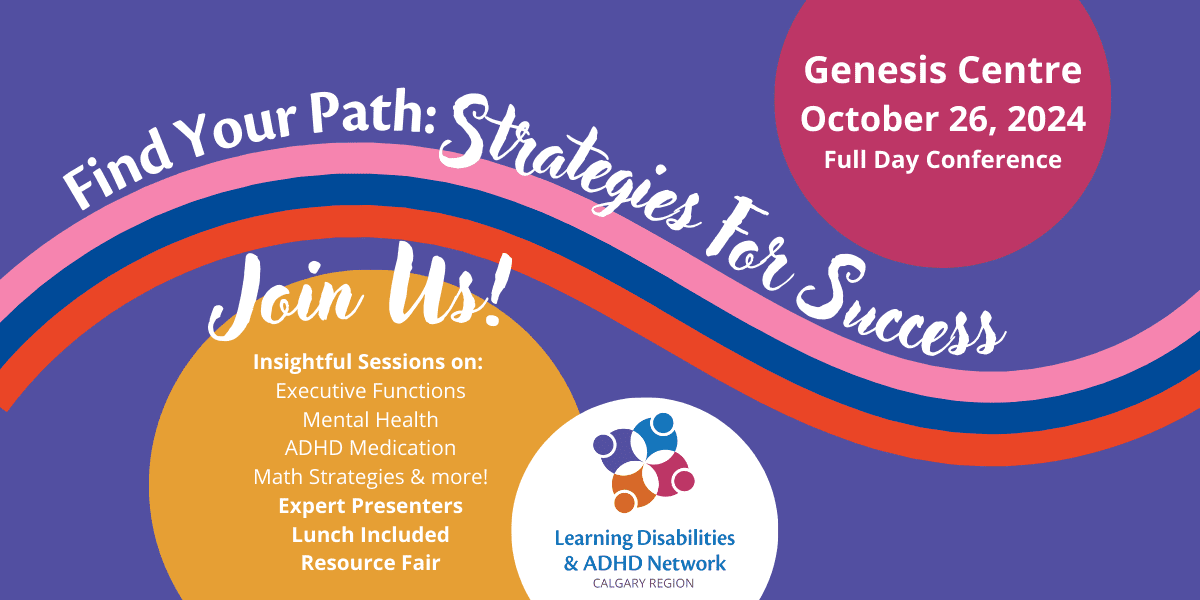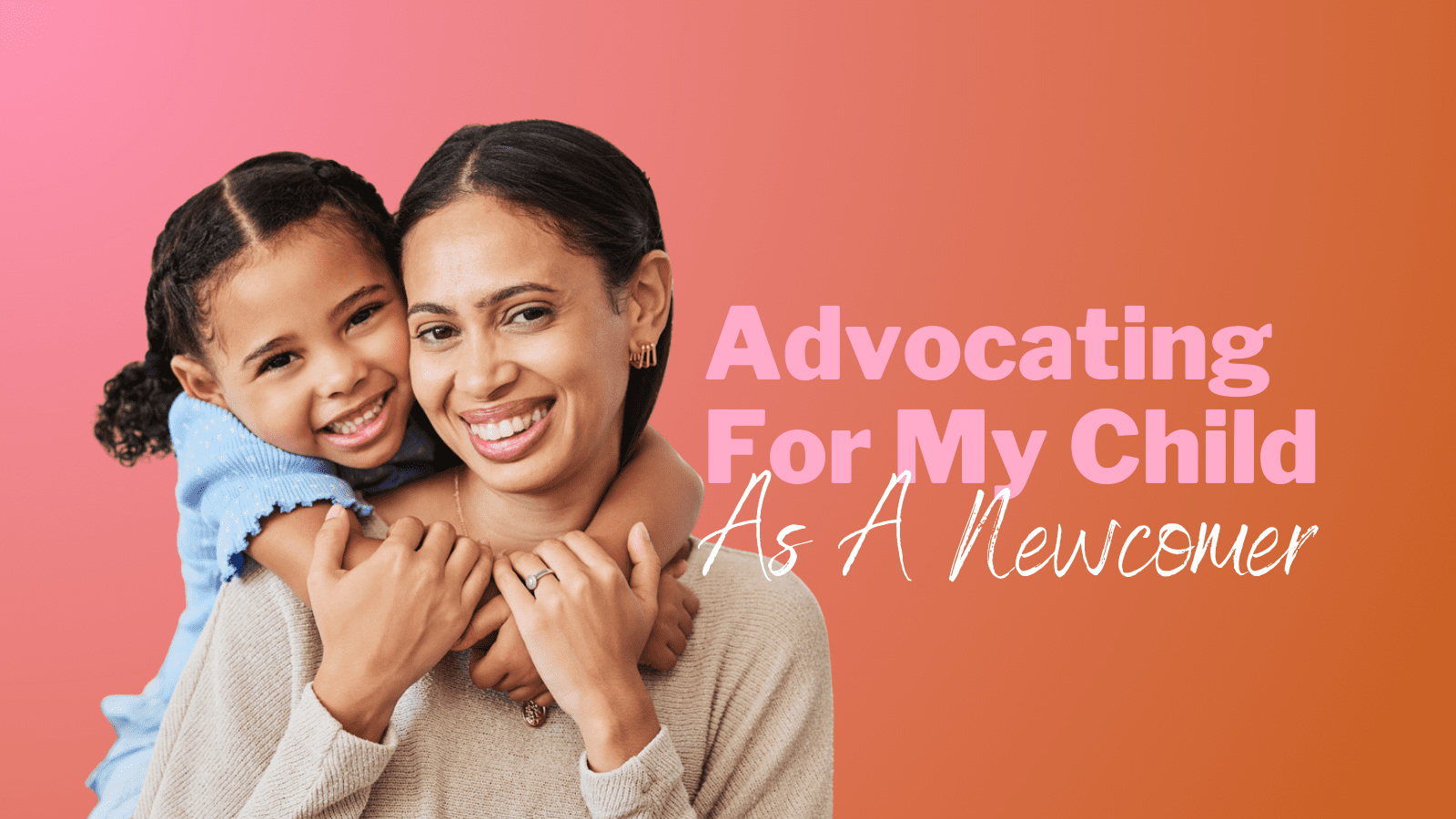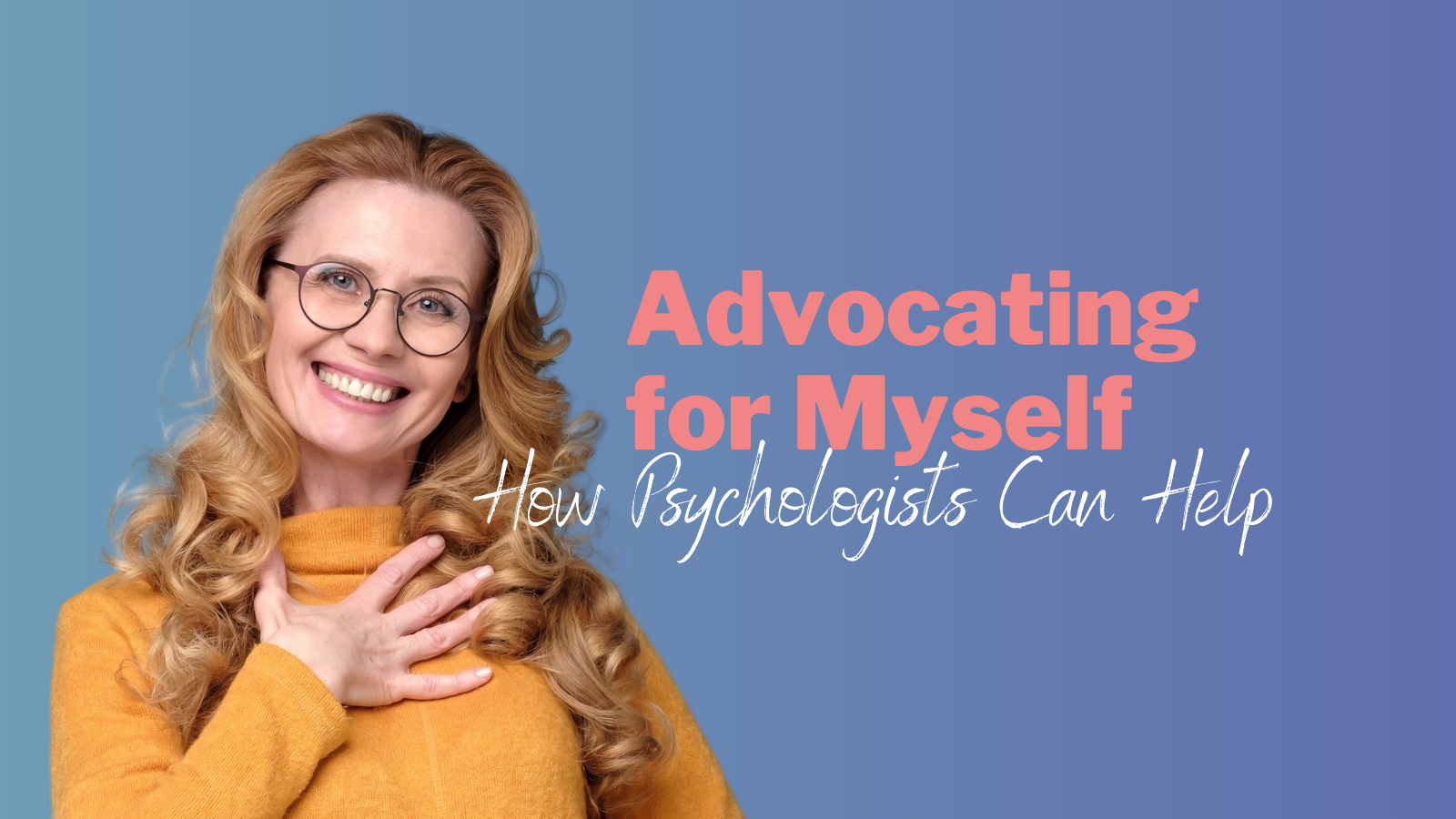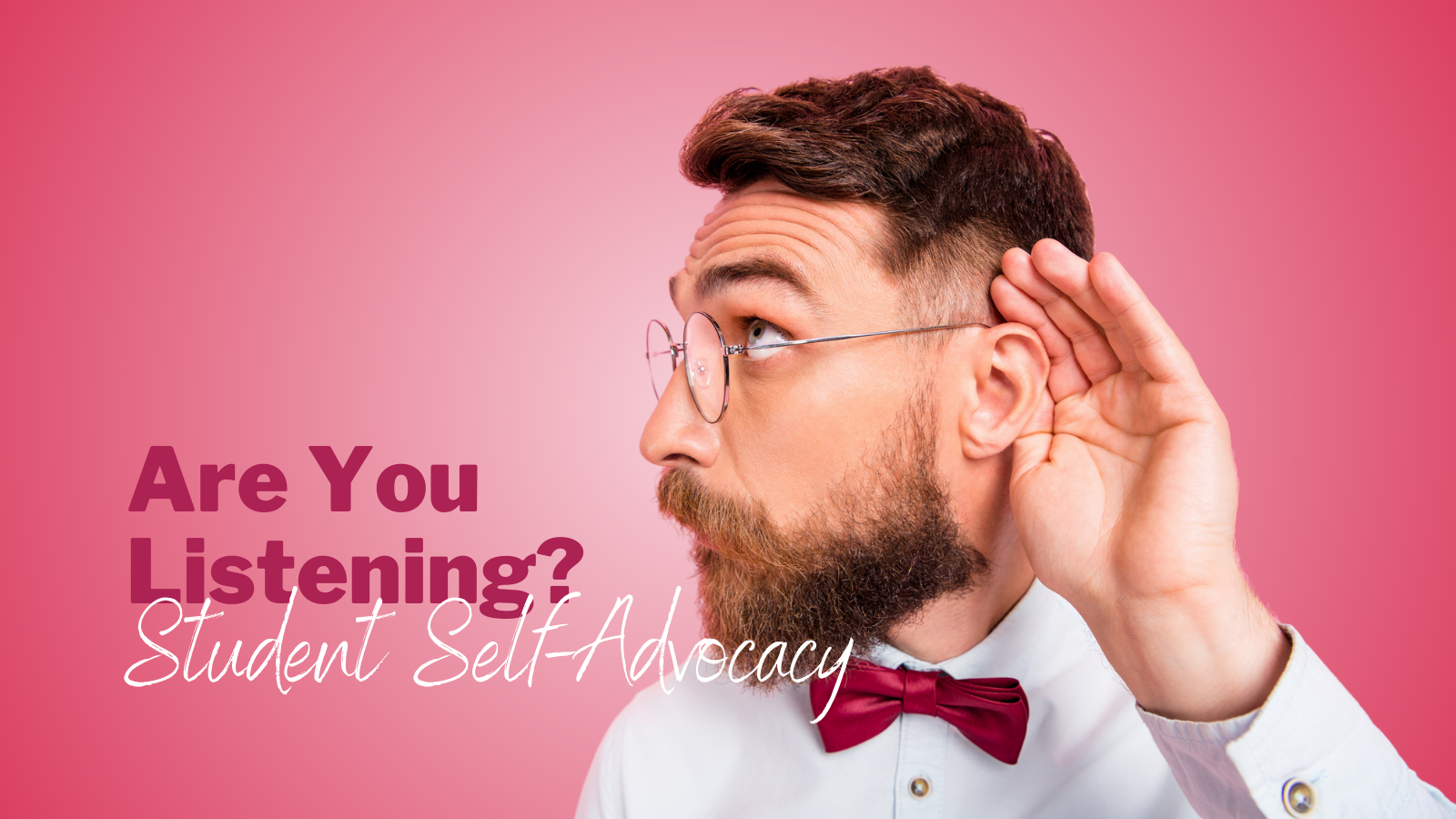It’s Not Just Autism
The term neurodiversity has increased in popularity in recent years and is frequently seen on the internet, especially on social media. Neurodiversity, or being “neurodiverse,” is used to describe autistic individuals or autistic behaviours. While autism is one type of neurodiversity, it is not the only type. Judy Singer, an autistic woman, created the term neurodiversity to describe how people experience and engage with the world differently due to brain differences. This includes people with ADHD and learning disabilities (LD), as well as autism and other neurodevelopmental differences like Tourette’s.
One of the reasons she coined this term was to celebrate individual differences and to encourage broader society to acknowledge how we all benefit from the unique perspectives of neurodivergent individuals. The concept of biodiversity, the diversity of all animals and living organisms on earth influenced her in this. Neurodiversity recognizes the similar importance of different types of brains for a thriving human society.
Neurodiversity includes everyone. The idea is not another category to divide people but a way to encourage inclusivity. Individuals with neurodevelopmental disabilities such as ADHD, LD, or autism have differences in their brain functioning that make it difficult to access certain aspects of society. This can make them feel excluded and unvalued. In contrast, neurodiversity highlights the importance of including these individuals as equal, valued members of society. Doing things differently than the current norm is not necessarily bad.
It’s Not A Flaw
Research supports that neurodiverse individuals’ brains function differently; however, neurodiversity is not a medical term or a diagnosis. It is a social term. The neurodiversity movement has helped to shift to a more balanced view of neurodevelopmental differences that highlights both strengths and difficulties of neurodiverse people. We especially appreciated the description by Aiyana Balin, an autism care professional and disability rights advocate, that the neurodiversity movement does not deny that these disorders are disabilities in our current society, but it does combat the view that they are flaws or something that diminishes their value or personhood.
It is about understanding differences in patterns of strengths and difficulties that neurodivergent individuals experience. We can use this perspective to encourage a more flexible approach to supporting neurodivergent people. Individual differences play an important role in a thriving society, making it essential to include and welcome diverse individuals. If everyone is expected to think and act in the same way, we limit creativity and miss opportunities for growth and perspectives that may help us to find innovative solutions to problems.
It’s More Than Just Challenges
When someone is diagnosed with ADHD or learning disabilities, we often focus on the challenges they experienced. This makes sense because individuals typically seek out information or receive an ADHD and/or LD diagnosis because challenges have interfered with their ability meeting their goals. Understanding these challenges is an important aspect in determining supports, but focusing only on the difficulties can leave us with an overly negative view of ADHD and learning disabilities that can negatively affect people with these disabilities. Taking a neurodiverse approach allows psychologists, teachers, parents, and the individual themselves to simultaneously support their needs and celebrate their strengths. Additionally, a neurodiverse perspective can help challenge stigmas about ADHD and LD. Celebrating neurodiversity does not downplay the challenges they face, but it provides a more balanced view.
It’s Got Positives
Unfortunately, it can be hard to find information about specific strengths in those with ADHD and LD. A small study by Sedgwick and colleagues interviewed adult males with ADHD to understand common positive aspects of ADHD. These adults with ADHD viewed their strengths as including adventurousness, energy, divergent thinking, and hyper-focus. The participants felt that having ADHD increased their creativity because it increased the number of ideas they had and helped them think “outside the box.” They explained that having ADHD also made it easier to take risks to try new experiences. While some individuals with ADHD will agree with these findings and see these strengths within themselves, others will not. This is only one small study so it can’t capture everyone’s experience. Just like most things, having ADHD is not a universal experience. It is complex with many possible combinations of strengths, symptoms, and behaviours.
There is even less research focusing on strengths for those with learning disabilities, but one study examined character strengths of students with LD and demonstrated that those students exhibited love of learning, honesty, fairness, appreciating beauty, and excellence. Even though they are likely to struggle with specific aspects of learning, they also have strengths that can support their learning and to contribute to the broader classroom.
Because of limited research on the strengths of individuals with ADHD and LD, these positive characteristics are not often ignored. However, personal accounts can also focus attention on strengths and encourage a neurodiverse perspective of LD and ADHD. This can provide a more balanced view of brain differences and potentially reduce the stigma around having ADHD or LD. Philip Shultz, a Pulitzer Prize winning author, has a learning disability in reading (often referred to as dyslexia). In Shultz’s memoir “My Dyslexia” he explores his strengths and struggles with dyslexia and how it influenced him as a writer. Jessica McCabe, a popular ADHD YouTuber, created a video celebrating her 10 favourite things about having ADHD. She listed creativity, enthusiasm, spontaneity, and resiliency as some of the positive aspects of her ADHD. Thousands commented in agreement of these ADHD strengths and shared ADHD-related strengths of their own. Shultz and McCabe’s experiences are only two examples of how ADHD and LD brain differences can have positive effects. Neither of these individuals denied the challenges they faced because of their differences, but they also understood their strengths and how ADHD or LD shaped who they are.
It’s Just a Difference
Having brain differences, like LD, ADHD, or autism, is not a personal flaw or failure. Neurodiversity helps us to remember this by directing us to respect and value differences in brains as a vital part of our society. The next time you hear or read the term neurodiversity, remember that while it includes autistic individuals, it encompasses others including those with LD and ADHD. Neurodiversity empowers us to be proud of the uniqueness that we all contribute to our world.








